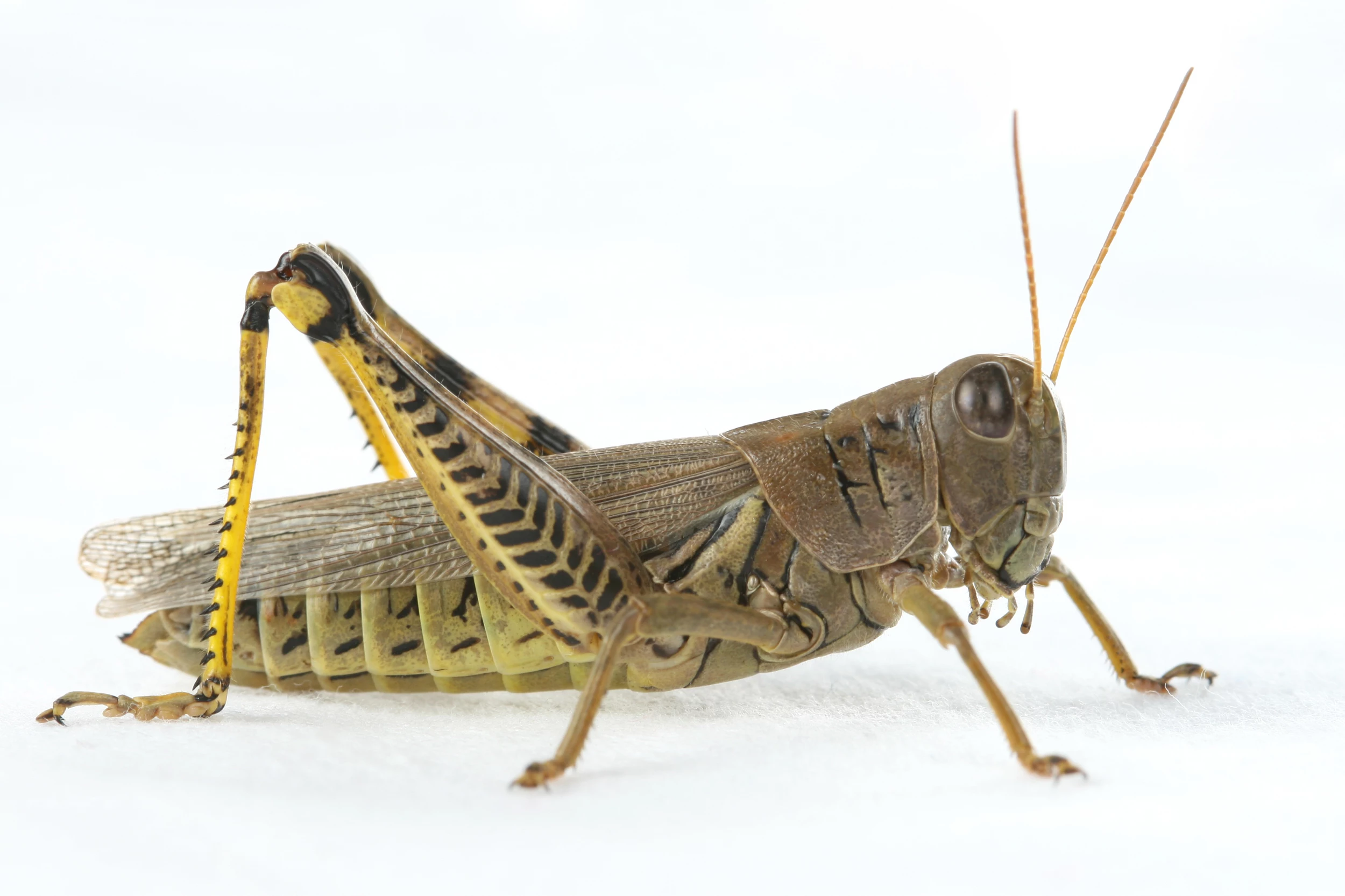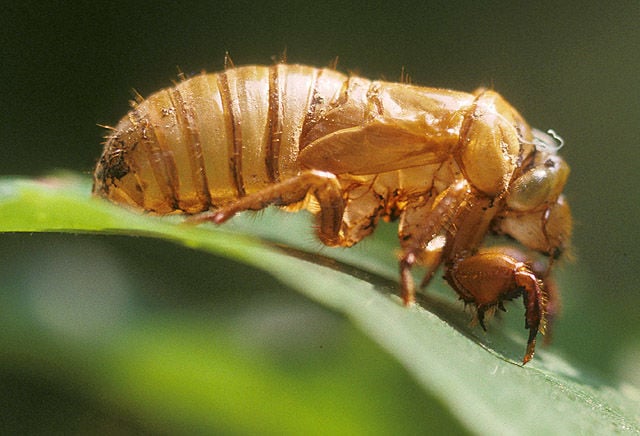

Locusts:The average life span of the locusts is several months.Ĭicadas:The average life span of cicadas is up to 17 years. Locusts:Locusts belong to the order Orthoptera.Ĭicadas: Cicadas belong to the order Hemiptera. Locusts:Locusts belong to the family Acrididae.Ĭicadas:Cicadas belong to the family Cicadidiae. Locusts: Locusts are large, tropical grasshoppers, that are typically solitary, but from time to time, they migrate as vast destructive swarms.Ĭicadas:Cicadas are large homopterous insects with long transparent wings, whose male insect produces a loud noise.


These types of locusts are less active and have low metabolic rates. In the solitary phase, locusts have a color, matching their surroundings and they live individually. Both solitary and gregarious phases of the plague species can be differentiated by the coloration, form, physiology, and behavior. The sporadic appearance and disappearance of locust swarms are described by the phase theory. The gregarious phase of locusts is referred to as the swarming phase. But, they can increase in number, changing their behavior and the habitat to become gregarious. Locusts are short-horned grasshoppers belonging to the family Acrididae. Key Terms: Annual Cicadas, Acrididae, Cicadas, Cicadidiae, Gregarious Phase Locusts, Insects, Locusts, Locusts Swarms, Magicicada, Periodical Cicadas, Plague, Proto-Periodical Cicadas, Solitary Phase Locusts Locusts – Facts, Characteristics and Behaviour What is the Difference Between Locusts and Cicadas What are the Similarities Between Locusts and CicadasĤ. Cicadas – Facts, Characteristics, and Behaviourģ. Locusts – Facts, Characteristics, and BehaviourĢ. The main difference between locusts and cicadas is that locusts are a group of grasshoppers, which reach a swarming phase whereas cicadas are a family of true bugs with sucking mouth parts. But, cicadas are considered as the loudest insects. Both insects are capable of making noise to attract female insects. Both locusts and cicadas are large insects, feeding on plants. Locusts and cicadas are two types of invertebrates found in the environment.


 0 kommentar(er)
0 kommentar(er)
